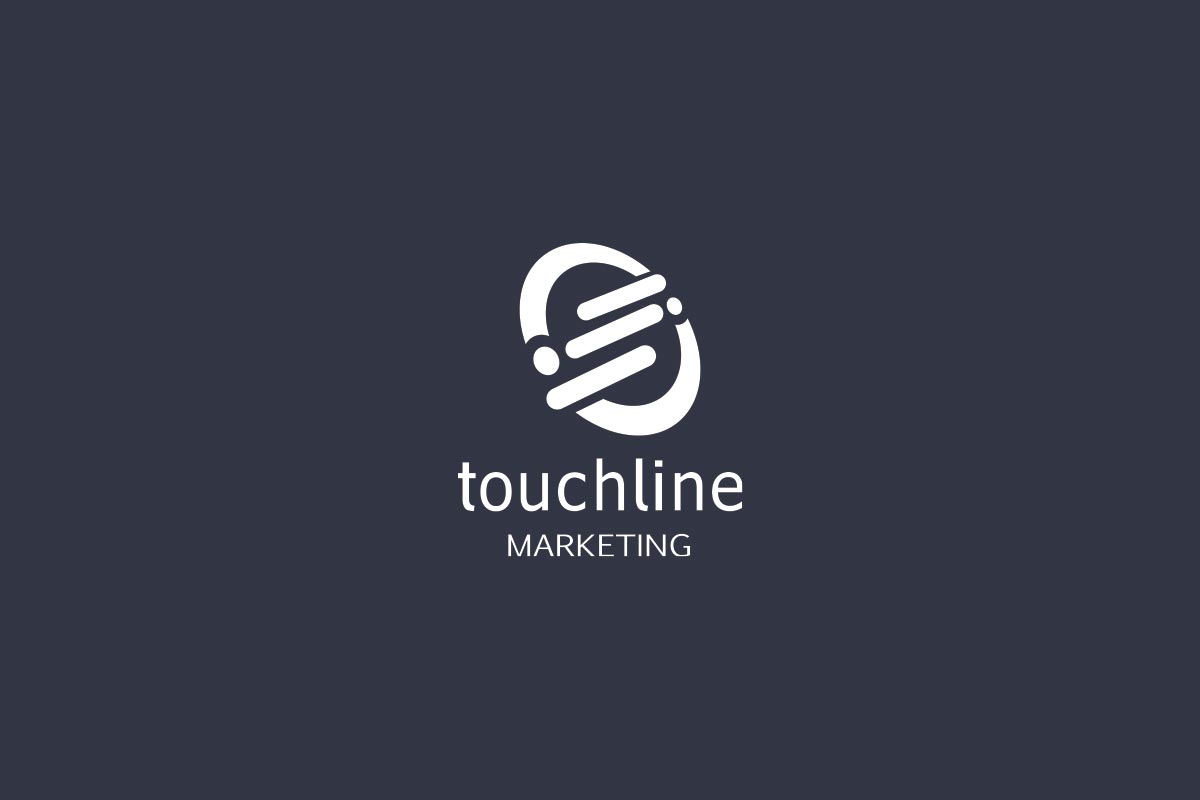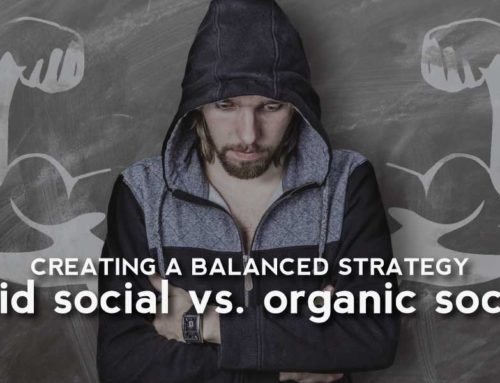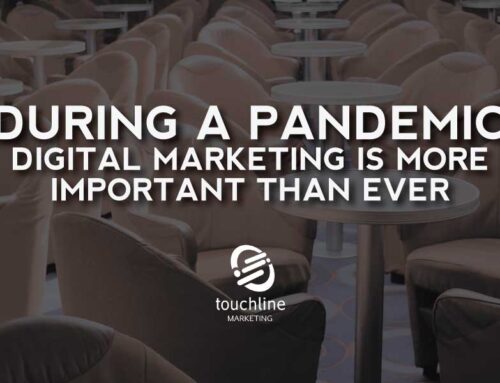To simplify lets group marketing initiatives into two buckets: Inbound and Outbound.
Outbound marketing (or traditional marketing) focuses on the entity finding customers. Tactics within this strategy will very often include cold-calling, print advertising, T.V. advertising, trade shows, and mass direct mail. These channels can be very expensive and have very low conversion rates.
Technology has made it increasingly easier for consumers to block outbound marketing techniques.
Take television for example. In the early days of television, there were 3 network channels and the world simply sat through the interruption of a commercial. Over time, the remote control, cable television, and digital video recorders (DVR) all made it possible to avoid commercials… just change the channel or press fast forward. The same principle can be applied to cold calling (caller ID) or print advertising (digital readers / RSS).
Inbound marketing (often called interactive marketing) flips the outbound concept and focuses on customers finding an entity. Consumers are in the middle of a purchasing behavior revolution where the first action taken by a prospective buyer can typically be “jumping online” or “google-ing it” to conduct their own independent research.
| OUTBOUND | INBOUND |
| TV & Radio | YouTube Video |
| Trade Shows | Webinars |
| Cold Calls | Search Engines & Social Media |
| Newspaper/Magazines | Blogs/eBooks |
| Email List Rental | CRM & Opt-in |
| Direct Mail | eNewsletter Subscriptions |
The driving platform for this change is the increased user adoption of the internet and search engines. The usage demographic is becoming increasingly wider as the user experience is made simpler. My toddler understands how to flip through photos on an iPhone and my elderly neighbor does her holiday shopping on Amazon.com.
Instead of pounding people with television commercials, companies create videos for online consumption that potential customers want to see. Instead of buying display ads in print publications, organizations create their own blog that people subscribe to and look forward to reading. Instead of cold calling, they create useful content and tools so that people call them looking for more information.
Depending on the product, service, and audience, a proper strategy includes a weighted ratio of outbound and inbound marketing. Aa consumer product goods company selling soda to the masses may have a 80% outbound to 20% inbound ratio. In contrast, a professional services organization providing services to a niche market may have a 20% outbound to 80% inbound ratio.





